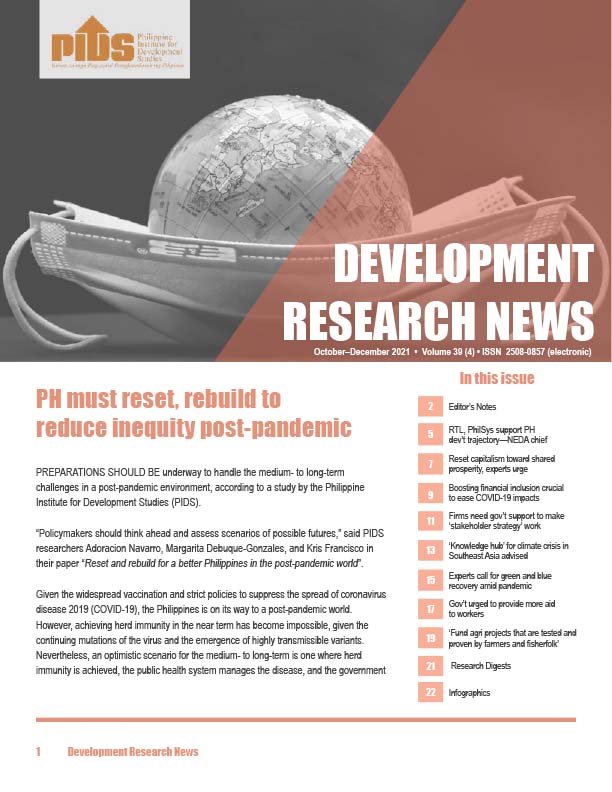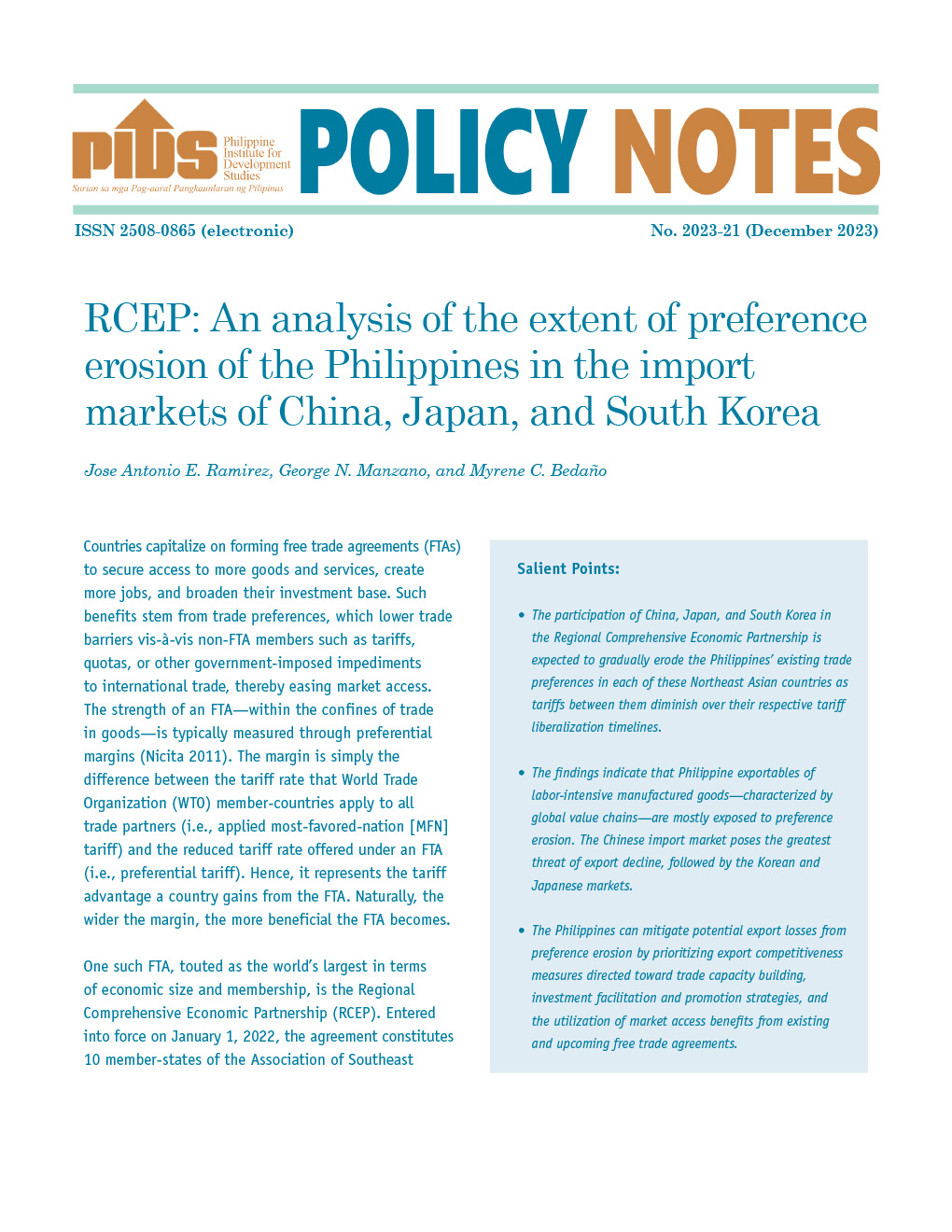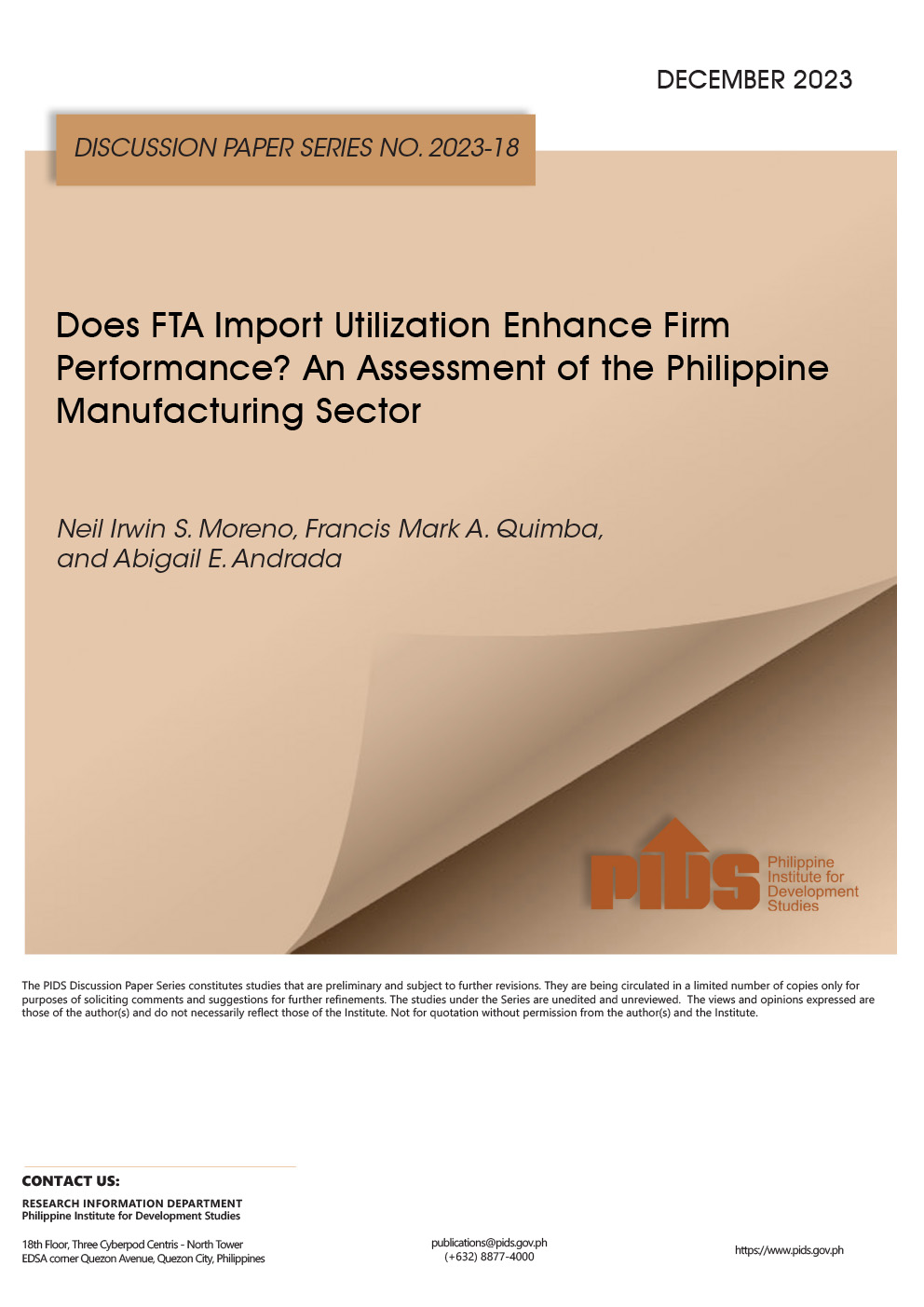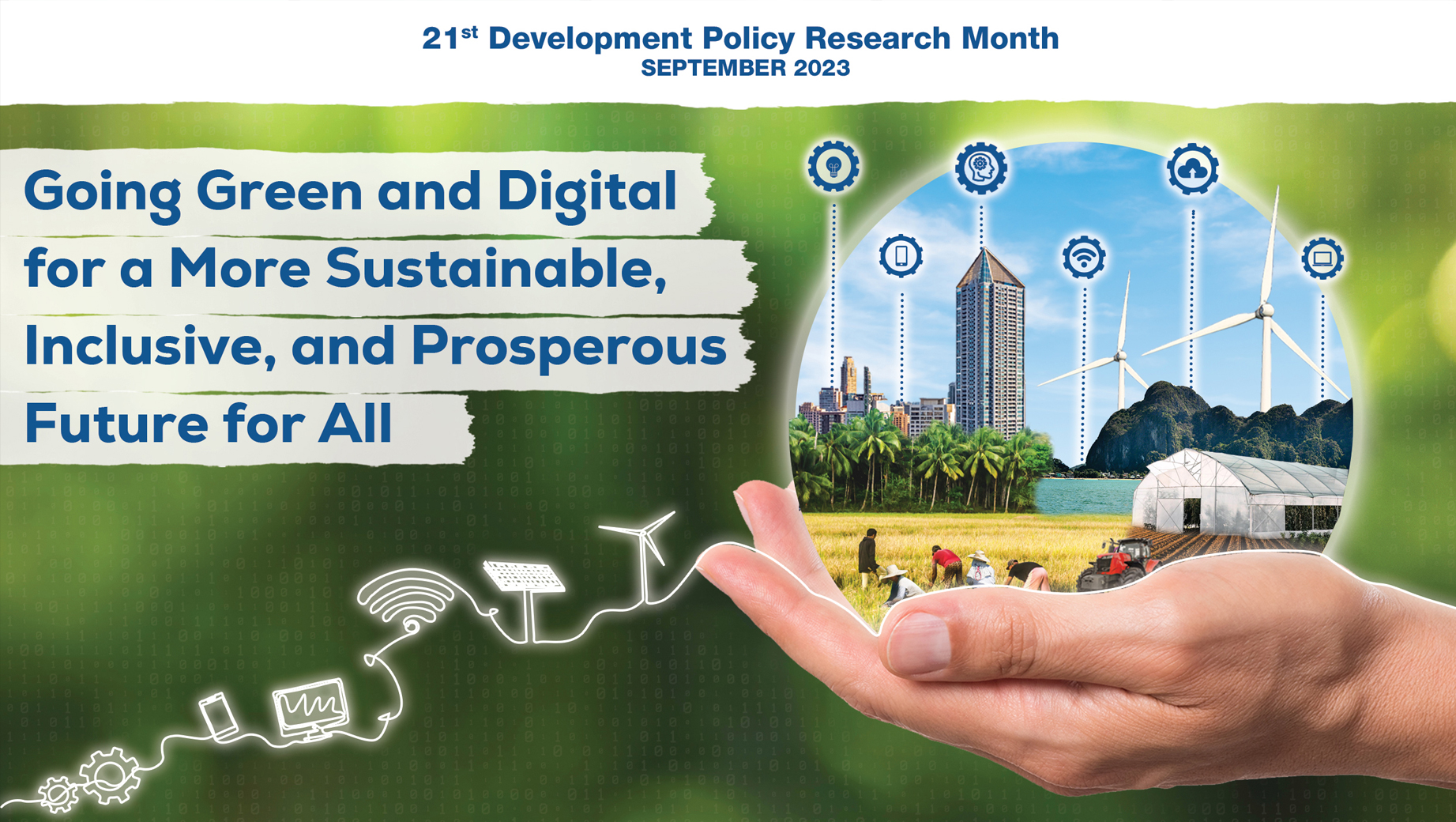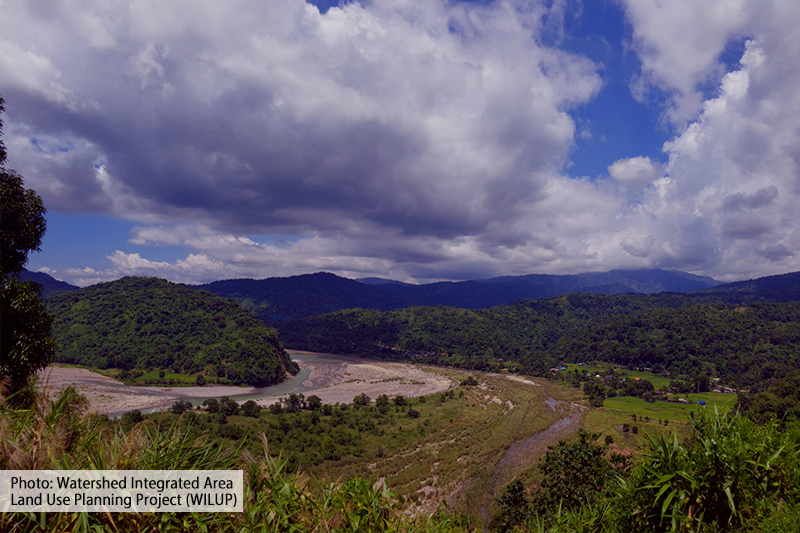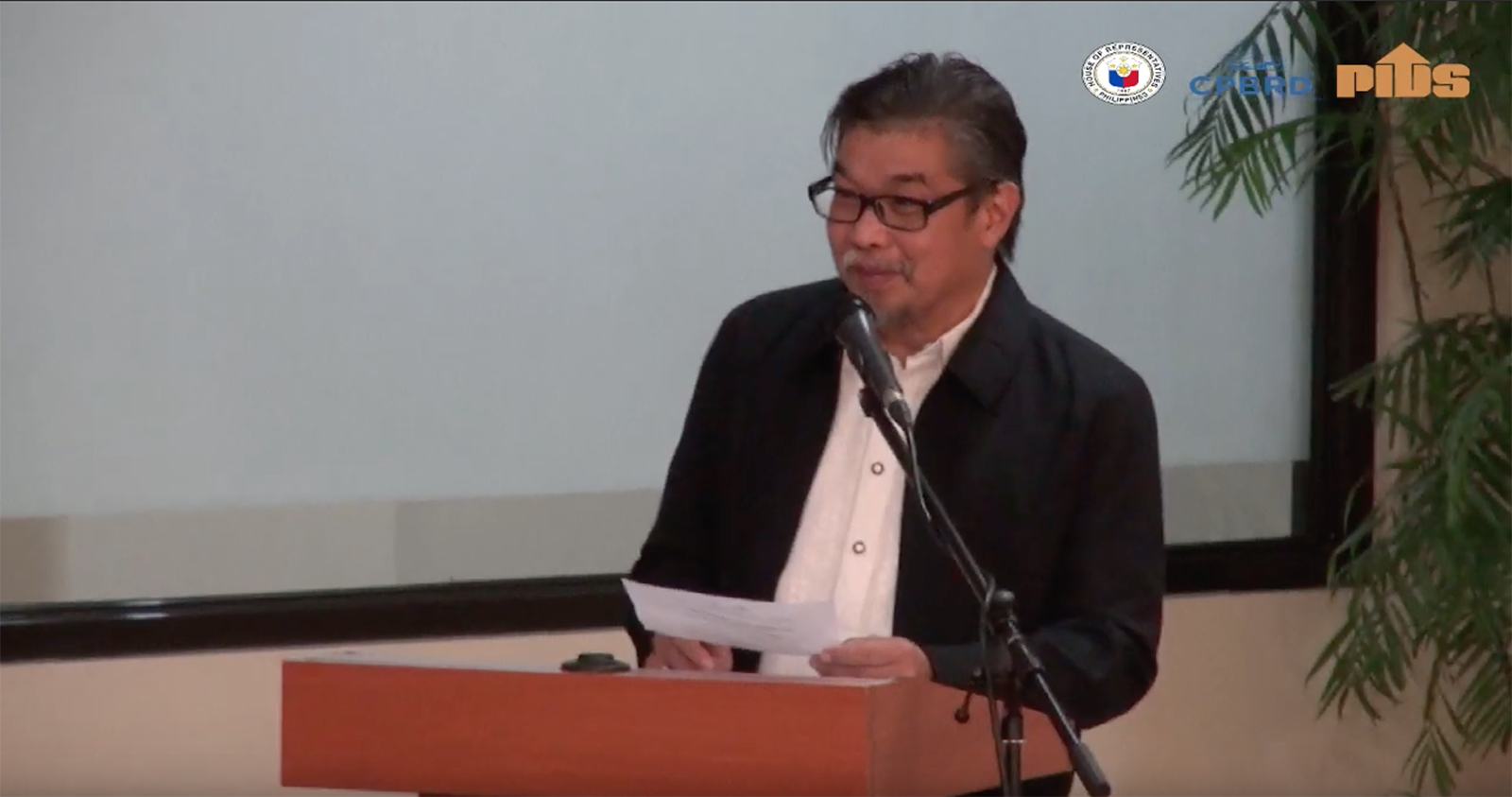THE PHILIPPINE government is seeking to import 300,000 metric tons (MT) of rice to boost stocks ahead of the lean harvest season in the third quarter.
Agriculture Secretary William D. Dar said on Monday the Department of Industry (DTI), through its Philippine International Trading Corp. (PITC), has already started the government-to-government (G2G) rice importation process.
In a statement, Mr. Dar said the PITC has communicated with Myanmar, Vietnam, Thailand, India, and Cambodia regarding rice imports.
The G2G importation is an emergency measure permitted under Republic Act 11203 or the Rice Tariffication Law (RTL) to ensure adequate supply for the country during a national emergency, in this case the current coronavirus disease 2019 (COVID-19) pandemic.
“The IATF approved the 300,000 MT as a contingency during the lean months, as the bulk of rice supply will come from the forthcoming harvest in the 4th quarter yet, and continued imports,” DA Spokesperson Noel O. Reyes said in a statement.
Rolando T. Dy, executive director of Center for Food and Agri-Business of University of Asia and the Pacific (UA&P), said that rice supply is usually short during the third quarter.
“(The importation) is necessary. The months of July to September are low-harvest season or lean months,” Mr. Dy said in a mobile phone message.
Roehlano M. Briones, senior research fellow at the Philippine Institute for Development Studies (PIDS) said that the 300,000 MT of rice stocks will not affect local rice prices as it will only serve as buffer stocks.
“The private sector imports (are) still much bigger because of (RTL),” Mr. Briones said in a mobile phone message.
Under the RTL, restrictions on rice imports have been removed, permitting the private sector to purchase unlimited volumes.
However, Ruben Carlo O. Asuncion, chief economist of UnionBank of the Philippines, Inc., expects rice prices to be definitely affected by G2G importation.
“These are unprecedented times and unprecedented measures are likely needed. If this is not done right, this can be highly inflationary,” Mr. Asuncion said in an e-mail interview.
Magsasaka Party-List Rep. Argel Joseph T. Cabatbat said that instead of importing rice from other countries, the government should focus on supporting 200,000 farmers that were affected by the implementation of the RTL.
“Because of the RTL, 4,000 rice mills were forced to close and millions of farmers suffered after the entry of imported rice in the country,” Mr. Cabatbat said in a statement.
Data from the statistics office showed paddy rice harvest contracted by 3.6% in the first quarter of 2020.
VIETNAM RESUMES EXPORTS
Meanwhile, Vietnam said it will resume rice exports to the Philippines and other countries, after Association of Southeast Asian Nation (ASEAN) members agreed to keep their markets open amid the coronavirus pandemic.
“On 18 April 2020, after considering thoroughly the assessment findings on domestic rice supply and recommendations by the Ministry of Industry and Trade of Viet Nam, H.E. Prime Minister Nguyen Xuan Phuc decided to fully resume rice export from 1 May 2020,” Vietnamese Industry and Trade Minister Tran Tuan Anh was quoted as saying by the Finance department in a statement.
Vietnam, the world’s third-largest rice exporter, banned rice exports last March and curbed exports for April as it sought to ensure food supply for the country amid the pandemic.
The Philippines has contracted 666,480 MT of rice from Vietnam, but only 218,300 MT has been delivered as of May 1.
“This means that Vietnamese rice importers will commence fulfillment of their contracts with Philippine importers and consider future supply deals under an existing bilateral trade agreement,” Mr. Dar said. — with B.M. Laforga
Agriculture Secretary William D. Dar said on Monday the Department of Industry (DTI), through its Philippine International Trading Corp. (PITC), has already started the government-to-government (G2G) rice importation process.
In a statement, Mr. Dar said the PITC has communicated with Myanmar, Vietnam, Thailand, India, and Cambodia regarding rice imports.
The G2G importation is an emergency measure permitted under Republic Act 11203 or the Rice Tariffication Law (RTL) to ensure adequate supply for the country during a national emergency, in this case the current coronavirus disease 2019 (COVID-19) pandemic.
“The IATF approved the 300,000 MT as a contingency during the lean months, as the bulk of rice supply will come from the forthcoming harvest in the 4th quarter yet, and continued imports,” DA Spokesperson Noel O. Reyes said in a statement.
Rolando T. Dy, executive director of Center for Food and Agri-Business of University of Asia and the Pacific (UA&P), said that rice supply is usually short during the third quarter.
“(The importation) is necessary. The months of July to September are low-harvest season or lean months,” Mr. Dy said in a mobile phone message.
Roehlano M. Briones, senior research fellow at the Philippine Institute for Development Studies (PIDS) said that the 300,000 MT of rice stocks will not affect local rice prices as it will only serve as buffer stocks.
“The private sector imports (are) still much bigger because of (RTL),” Mr. Briones said in a mobile phone message.
Under the RTL, restrictions on rice imports have been removed, permitting the private sector to purchase unlimited volumes.
However, Ruben Carlo O. Asuncion, chief economist of UnionBank of the Philippines, Inc., expects rice prices to be definitely affected by G2G importation.
“These are unprecedented times and unprecedented measures are likely needed. If this is not done right, this can be highly inflationary,” Mr. Asuncion said in an e-mail interview.
Magsasaka Party-List Rep. Argel Joseph T. Cabatbat said that instead of importing rice from other countries, the government should focus on supporting 200,000 farmers that were affected by the implementation of the RTL.
“Because of the RTL, 4,000 rice mills were forced to close and millions of farmers suffered after the entry of imported rice in the country,” Mr. Cabatbat said in a statement.
Data from the statistics office showed paddy rice harvest contracted by 3.6% in the first quarter of 2020.
VIETNAM RESUMES EXPORTS
Meanwhile, Vietnam said it will resume rice exports to the Philippines and other countries, after Association of Southeast Asian Nation (ASEAN) members agreed to keep their markets open amid the coronavirus pandemic.
“On 18 April 2020, after considering thoroughly the assessment findings on domestic rice supply and recommendations by the Ministry of Industry and Trade of Viet Nam, H.E. Prime Minister Nguyen Xuan Phuc decided to fully resume rice export from 1 May 2020,” Vietnamese Industry and Trade Minister Tran Tuan Anh was quoted as saying by the Finance department in a statement.
Vietnam, the world’s third-largest rice exporter, banned rice exports last March and curbed exports for April as it sought to ensure food supply for the country amid the pandemic.
The Philippines has contracted 666,480 MT of rice from Vietnam, but only 218,300 MT has been delivered as of May 1.
“This means that Vietnamese rice importers will commence fulfillment of their contracts with Philippine importers and consider future supply deals under an existing bilateral trade agreement,” Mr. Dar said. — with B.M. Laforga

